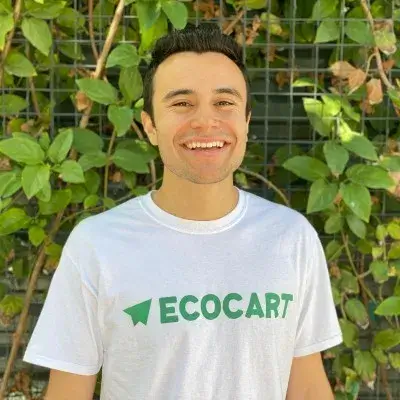Ready to build your own Founder-Led Growth engine? Book a Strategy Call
Frontlines.io | Where B2B Founders Talk GTM.
Strategic Communications Advisory For Visionary Founders
Actionable
Takeaways
Abandon Gated Content Strategies Completely:
Traditional lead magnets with gated content are not just ineffective—they're counterproductive. Alex advocates for making all expertise publicly available rather than trading contact information for content. The new "lead magnet" equivalent is high-value experiences like exclusive events or conferences that justify the contact information exchange.
Master Platform-Native Content Distribution:
Social algorithms actively suppress posts with external links. Instead of driving traffic off-platform, create zero-click content that delivers full value within the social platform itself. Let prospects search for your brand when they're ready rather than forcing immediate action. This approach generates significantly higher reach and creates a content ecosystem that builds brand awareness.
Use Multi-Voice Content Remix Strategies:
Rather than relying solely on founder-led content, establish 3-4 key voices across the organization (founders, head of marketing, head of go-to-market). Create one piece of core content, then remix it across these different voices with unique perspectives. This multiplies content output while maintaining consistent messaging and creates multiple touchpoints for prospects.
Build Tangential Content That Creates Emotional Engagement:
The most effective B2B content sits adjacent to your product rather than directly describing it. Alex's previous "Customer Hat" podcast never mentioned their retention software but explored how brand owners actually shop, revealing the disconnect between their advertising strategies and personal buying behavior. This tangential approach draws new audiences who wouldn't engage with product-focused content.
Treat B2B Buyers as Multi-Dimensional Humans:
B2B buyers use the same emotional decision-making processes as consumers. They buy on emotion, find solutions through research, then rationalize with logic. Create content that acknowledges buyers as complete people—not just professional personas—by mixing business insights with personal interests and humanizing moments.
Position Solutions as Barrier Removal, Not Problem Identification:
Avoid the common B2B trap of leading with problems, which immediately raises buyer defenses. Instead, position your solution as removing barriers that prevent buyers from achieving their goals. Frame the narrative around enabling capabilities rather than fixing deficiencies. This creates a collaborative rather than accusatory dynamic.
Conversation
Highlights
In this episode of The Marketing Front Lines, we speak with Alex McEachern, Head of Marketing at Intelligems. Alex brings a decade of B2B marketing experience in the e-commerce space, having witnessed the evolution from early content marketing tactics to today’s sophisticated, personality-driven strategies. Through his journey from accidentally landing in marketing to leading content strategy at a fast-growing e-commerce testing platform, Alex shares tactical insights on modern content creation, the death of traditional lead magnets, and why B2B buyers behave exactly like consumers.
Topics Discussed:
- The evolution and failure of traditional lead magnets in modern B2B marketing
- Building founder-led content strategies without gating valuable information
- Leveraging social algorithms while avoiding platform penalties for external links
- Creating zero-click content that builds brand awareness without direct CTAs
- Developing unique podcast angles that emotionally engage prospects
- The psychology of B2B buyers and why they mirror consumer purchasing behavior
- Narrative positioning strategies that avoid problem-focused messaging












































